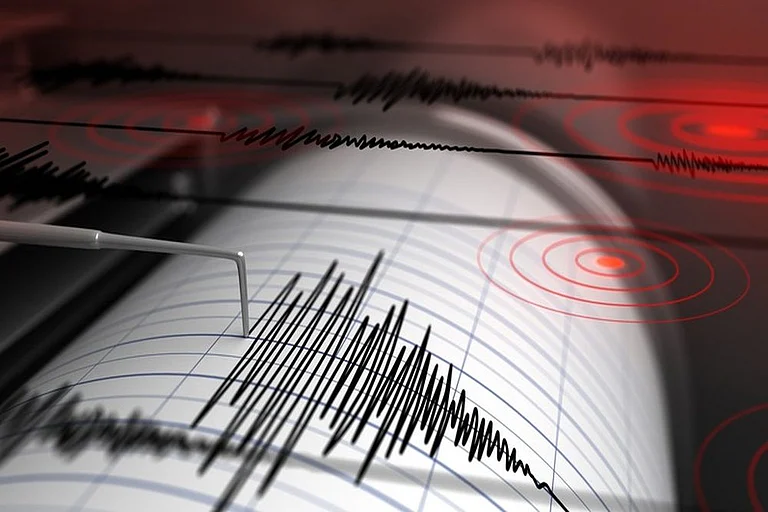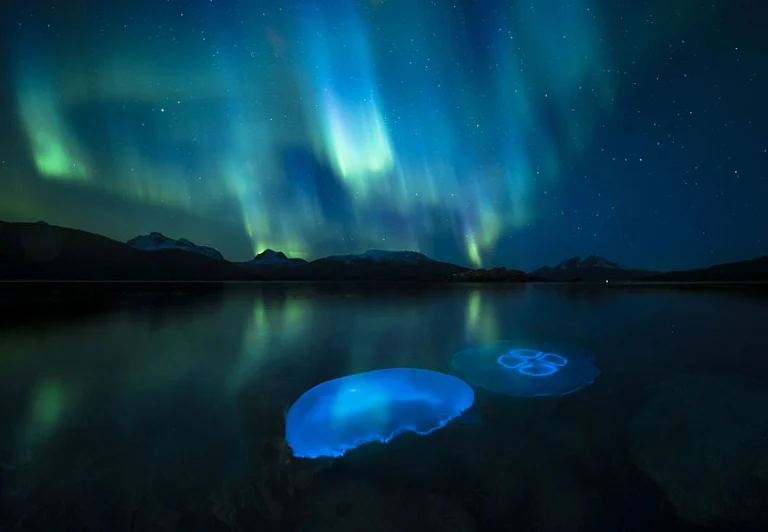Texans gazed in wonder last weekend as the northern lights, or aurora borealis, made a rare appearance in some parts of the state. This celestial spectacle was the latest in a series of solar events this year, hinting at more to come.
A geomagnetic storm, a phenomenon causing disturbances in Earth's magnetosphere, sparked the breathtaking display. The US National Oceanic and Atmospheric Administration (NOAA) issued a warning as the storm intensified, classifying it as a severe G4 event, surpassing initial moderate predictions.
The aurora borealis occurs when charged particles from the sun, carried by solar winds, collide with Earth's atmosphere. These collisions excite atoms in the atmosphere, causing them to emit colourful light. Last weekend's storm allowed even residents in the northernmost parts of Texas to witness the spectacle without aid.
Experts suggest that this event might be just the beginning. "There has been an increase in aurora seen in general on Earth," noted Shannon Schmoll, director of the Abrams Planetarium at Michigan State University. "The sun has been more active, resulting in more solar storms that cause solar flares and coronal mass ejections."
Solar activity follows an 11-year cycle, marked by variations in sunspot numbers. NASA scientists predict that the next peak in solar activity, known as the solar maximum, will occur in July 2025. This anticipated increase in solar flares and plasma energy could lead to more frequent and intense displays of the northern lights.
While Texans may hope for another glimpse of the aurora borealis, it remains uncertain whether upcoming geomagnetic storms will offer similar opportunities for viewing. However, as solar activity continues to rise toward its peak, the chances of witnessing this natural wonder are likely to increase.








.png?auto=format%2Ccompress&fit=max&format=webp&w=768&dpr=1.0)



















